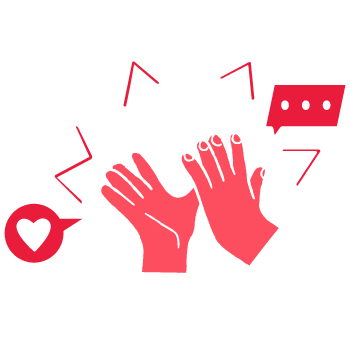The fashion industry thrives on visual storytelling, bold expressions, and striking first impressions. Yet in today’s digital-first world, traditional slideshows and 2D lookbooks are no longer enough. To truly captivate modern audiences whether they’re buyers, investors, or fashion lovers brands must think beyond the runway. This is where 3D animations can transform the game.
In the USA, where competition in fashion marketing is fiercer than ever, forward-thinking designers and brands are embracing 3D animation to enhance presentations. From interactive showrooms to cinematic campaign reveals, 3D animation is helping fashion labels reimagine how they showcase their collections.
The Shift from Static to Dynamic Fashion Presentations
Fashion has always been about movement, texture, and emotion qualities that are hard to convey through static images or standard videos. Especially when trying to communicate new collections, futuristic silhouettes, or fabric innovation, brands often struggle to do justice to their designs.
Traditional tools like PowerPoint slides, flat photography, or even catwalk videos may fall short in engaging today’s audiences who crave innovation and interactivity. Enter 3D animation a medium that allows garments to come alive in vivid detail, moving fluidly, zooming dynamically, and telling immersive stories.
This is exactly how 3D animations can transform the entire experience of fashion presentations.
Why the Fashion Industry in the USA Needs 3D Animation
The USA is one of the largest and most influential fashion markets globally. From New York Fashion Week to luxury eCommerce platforms, American fashion brands compete not just on design but on how they present those designs to the world.
Here’s why 3D animations can transform presentations in this high-stakes environment:
Speed and Agility
Fashion trends shift fast, and collections must hit the market with impeccable timing. 3D animations allow brands to visualize and present designs before physical samples are even made, speeding up go-to-market processes.
Digital-First Audience
With shoppers and buyers spending more time on digital platforms, fashion presentations need to be as compelling on a screen as they are in person. 3D animations are built for this optimized for mobile, desktop, and even AR/VR.
Eco-Friendly Innovation
Sustainability is a growing priority in US fashion. By using 3D assets instead of producing physical prototypes, brands reduce waste and cut down on resources. This shift also aligns with consumer expectations for transparency and responsibility.
These factors show why embracing 3D animations can transform not just how fashion is presented, but how it is perceived.
The Power of 3D Animation in Fashion Storytelling
Fashion is ultimately about telling a story. Whether it’s the romance behind a bridal gown or the bold energy of streetwear, successful fashion presentations make audiences feel something.
3D animations can transform storytelling by giving designers a canvas to build entire worlds around their creations. Instead of showing a coat on a model in front of a white background, imagine that coat swirling in a stormy landscape, emphasizing its waterproof strength and dramatic flair.
3D animation makes that level of visual metaphor possible capturing attention instantly and emotionally connecting with viewers in a way static photos can’t.
How Leading Fashion Brands Use 3D Animations
The USA is home to several trendsetting fashion houses and tech-savvy startups that are already integrating 3D animations into their brand presentations.
Nike
Nike has used 3D animation in its product launches to showcase sneaker technology. Rather than just describe air cushion systems, they show animated cross-sections, motion sequences, and design evolution delivering a high-tech, high-impact message.
Ralph Lauren
For online retail and fashion events, Ralph Lauren has adopted digital fashion shows with immersive 3D environments. They combine garment animations with background scenes that enhance the storytelling of each season’s collection.
Tommy Hilfiger
Tommy Hilfiger uses 3D animation to build digital showrooms where buyers and influencers can explore products virtually. These presentations include animated garments that spin, zoom, and even react to environmental effects like wind.
These examples prove one thing: 3D animations can transform brand positioning and create a futuristic, premium feel that resonates with modern consumers.
Applications Across the Fashion Pipeline
3D animations in fashion presentations go far beyond public-facing campaigns. They’re transforming internal operations and business-to-business interactions as well.
Designer to Manufacturer Communication
Rather than sending sketches, designers now use 3D garment animations to communicate design intent to manufacturers. This improves accuracy and reduces back-and-forth in the sampling process.
Investor Pitches
Startups in the fashion tech space often pitch using animated decks where 3D models of their products play a key role. It adds a level of professionalism and visual clarity that static decks lack.
Digital Fashion Shows
With the rise of metaverse fashion and virtual showrooms, 3D animations enable brands to host shows that audiences can attend globally without a single stitch being sewn or a venue being booked.
These functional advantages highlight how 3D animations can transform not just the aesthetic experience but the operational efficiency of fashion presentations.
Creating the Perfect 3D Fashion Animation
For a 3D animation to truly transform a fashion presentation, it must follow best practices in both design and execution.
Focus on Fabric Realism
High-quality 3D software can now replicate how fabrics drape, stretch, and flow. This realism is crucial in fashion, where the look and feel of a garment are key to its appeal.
Match Brand Identity
Whether a brand is minimalist, edgy, or bohemian, the animation style should reflect that personality. Consistency in tone helps reinforce brand recognition.
Prioritize Mobile Optimization
Since most viewers will engage with content on their phones, animations must be formatted for vertical screens, quick loading, and sound-off playback.
Keep It Short and Focused
Attention spans are short. Aim for 30–60 seconds of focused storytelling per piece. Use motion to highlight key design features or transition through different collection pieces quickly and cleanly.
Following these steps ensures that 3D animations can transform presentations into something memorable, shareable, and strategically powerful.
ROI and Audience Response
Fashion is often seen as subjective, but brands still need to measure the ROI of their content investments. Here’s how 3D animation delivers:
- Higher engagement rates on social platforms thanks to eye-catching visuals
- Increased conversion rates on eCommerce sites due to better product visualization
- Shorter design-to-market timelines, thanks to virtual prototyping
- Stronger press and influencer coverage for innovative digital presentations
These measurable outcomes are why more US-based fashion brands are increasing their budgets for 3D content.
The Future of 3D in Fashion
As consumer demand for virtual experiences grows, the future of fashion will be heavily shaped by immersive and interactive media. 3D animation will likely evolve into AR try-ons, virtual fitting rooms, and even digital-only fashion collections.
For now, though, brands that understand how 3D animations can transform their presentations are positioning themselves at the front of the industry’s digital revolution.
Final Thoughts
The US fashion industry is entering a new era one defined by digital expression, sustainability, and global engagement. To thrive in this environment, brands must go beyond traditional showcases and embrace tools that elevate their story.
3D animations can transform fashion presentations by offering realism, flexibility, and creativity at scale. They give designers, marketers, and founders a new language one that is visual, emotional, and adaptable to every platform.
As the fashion world grows more competitive and customer expectations continue to rise, investing in 3D animation isn’t just a trend it’s a strategic advantage. Those who embrace it will not only stand out they’ll redefine the standard.





